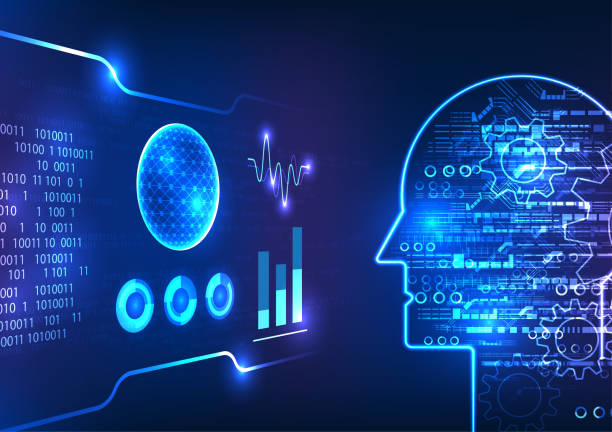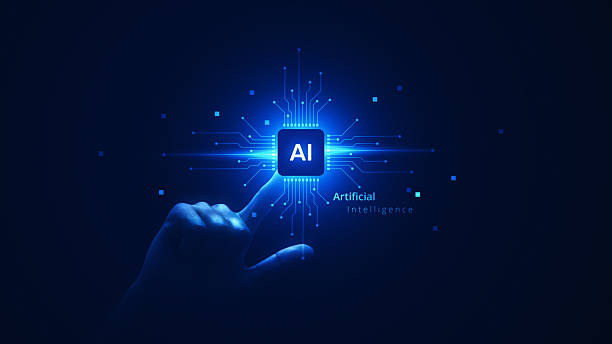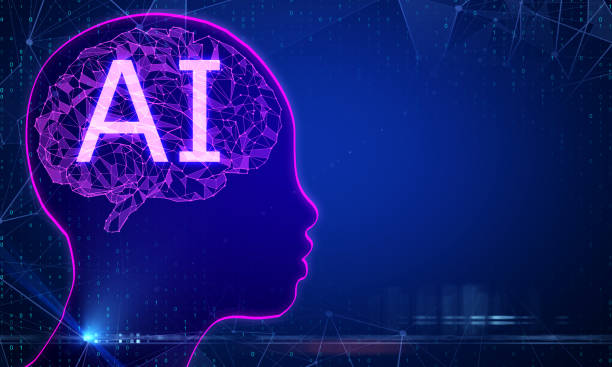Introduction to Artificial Intelligence Robots: Definition, History, and Applications

#Artificial_Intelligence (AI) is rapidly advancing, and AI-powered robots play a significant role in this transformation.
Artificial intelligence robots are machines that use artificial intelligence algorithms to perform tasks that traditionally require human intelligence.
These tasks include learning, problem-solving, pattern recognition, decision-making, and interaction with the environment.
The history of robotics dates back centuries, but its integration with artificial intelligence has created new possibilities.
Early efforts in the field of intelligent robots were primarily focused on expert systems and industrial robots.
Today, artificial intelligence robots are used in various fields, including manufacturing, healthcare, customer service, education, and even art.
For example, in the manufacturing industry, intelligent robots are capable of performing repetitive and dangerous tasks with high accuracy and speed.
In the healthcare sector, surgical robots assist doctors in performing complex surgical procedures with greater precision.
Artificial intelligence robots have great potential to improve human lives and increase productivity in various industries.
Here you can learn more about artificial intelligence.
Is your online store ready to attract maximum customers and increase sales? Rasaweb transforms your online business with modern and efficient online store designs.
✅ Increased speed and improved SEO
✅ Excellent user experience on mobile and desktop⚡ Get a free consultation for online store design from Rasaweb!
The Main Components of an Artificial Intelligence Robot: Software, Hardware, and Algorithms
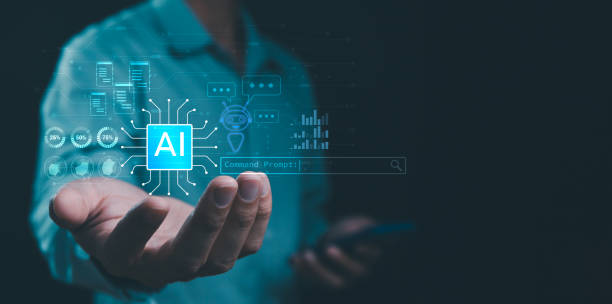
An artificial intelligence robot consists of three main components: hardware, software, and algorithms.
Hardware includes the physical parts of the robot, such as sensors, motors, arms, and the body.
Sensors help the robot to collect information about its surrounding environment.
Motors and arms allow the robot to move and perform physical tasks.
Software includes the computer programs that control the robot’s behavior.
These programs use artificial intelligence algorithms to process information and make decisions.
Algorithms are a set of instructions that help the robot solve problems, learn, and make decisions.
There are different types of artificial intelligence algorithms, including machine learning, neural networks, and natural language processing.
Machine learning allows robots to learn from data and improve their performance.
Neural networks are models inspired by the structure of the human brain and are used for pattern recognition and prediction.
Natural language processing allows robots to understand and communicate with human language.
The combination of these three components allows the artificial intelligence robot to perform complex tasks automatically.
Types of Artificial Intelligence Robots: From Industrial Robots to Virtual Assistants

There are different types of artificial intelligence robots, each designed for specific applications.
Industrial robots are used to perform repetitive and dangerous tasks on production lines.
These robots usually have high accuracy and speed and can work continuously.
Healthcare robots are used to assist doctors and nurses in hospitals and medical centers.
These robots can distribute medication, move patients, and even assist in surgical procedures.
Virtual assistants such as Siri and Alexa are software robots that can answer users’ questions, perform everyday tasks, and provide the information they need.
Educational robots are used to help students learn new concepts.
These robots can deliver lessons interactively, correct exercises, and provide feedback.
Artificial intelligence robots are also used in scientific research and can be used to conduct experiments, collect data, and analyze results.
Given recent advances in artificial intelligence, it is expected that intelligent robots will play a more important role in human life in the future.
| Robot Type | Application |
|---|---|
| Industrial Robot | Performing repetitive tasks on production lines |
| Healthcare Robot | Assisting doctors and nurses |
| Virtual Assistant | Answering user questions and performing everyday tasks |
| Educational Robot | Helping students learn |
Machine Learning and Its Role in the Development of Intelligent Robots
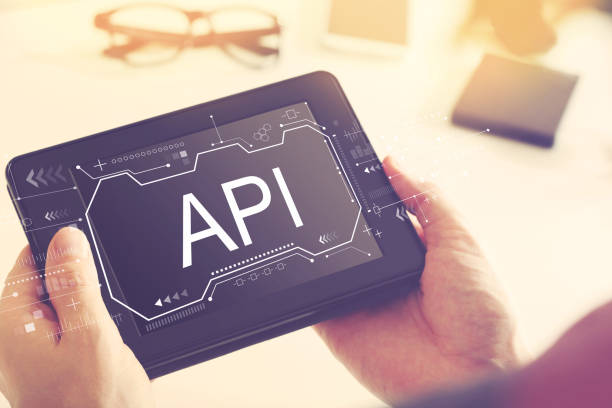
Machine Learning is one of the most important branches of artificial intelligence, which plays an essential role in the development of intelligent robots.
Machine learning allows robots to learn from data and improve their performance without being explicitly programmed.
There are different types of machine learning algorithms, including supervised learning, unsupervised learning, and reinforcement learning.
In supervised learning, the robot is trained using labeled data and learns to associate inputs with correct outputs.
In unsupervised learning, the robot is trained using unlabeled data and learns to discover patterns and structures in the data.
In reinforcement learning, the robot learns to find the best strategy to achieve a specific goal by performing experiments and receiving feedback (reward or penalty).
Artificial intelligence robots that use machine learning algorithms are capable of performing more complex tasks and can automatically adapt to environmental changes.
For example, an industrial robot that uses machine learning can learn to adapt to changes on the production line and improve product quality.
Do you know that the first impression customers have of your company is your website? Strengthen your business credibility many times over with a powerful corporate website from Rasaweb!
✅ Custom and eye-catching design tailored to your brand
✅ Improved user experience and increased customer attraction
⚡ Get a free consultation!
Challenges and Limitations of Artificial Intelligence Robots
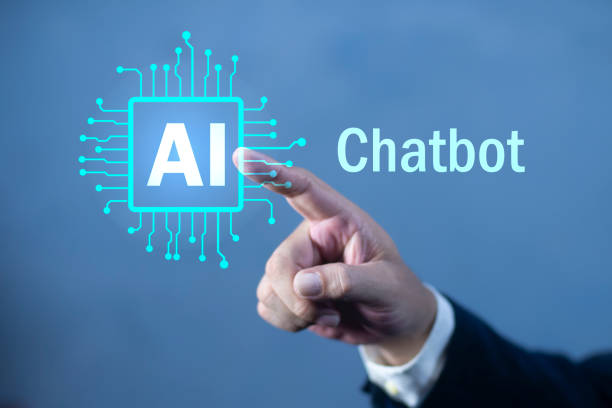
Although artificial intelligence robots have great potential to improve human lives, they also face challenges and limitations.
One of the most important challenges is the high cost of developing and maintaining these robots.
Intelligent robots require advanced hardware components and complex software, which increases their production and maintenance costs.
Another challenge is the ethical issues related to the use of artificial intelligence robots.
For example, who will be responsible in the event of an error or accident? How can we prevent the misuse of these robots? There are also technical limitations.
Artificial intelligence robots cannot yet fully understand human emotions and, in some cases, make incorrect decisions.
Also, intelligent robots require a large amount of data for training, and their performance may decrease if data is scarce.
Despite these challenges, research and development in the field of artificial intelligence continues rapidly, and it is expected that intelligent robots with more capabilities will be available in the future.
The Future of Artificial Intelligence Robotics: Predictions and Emerging Trends
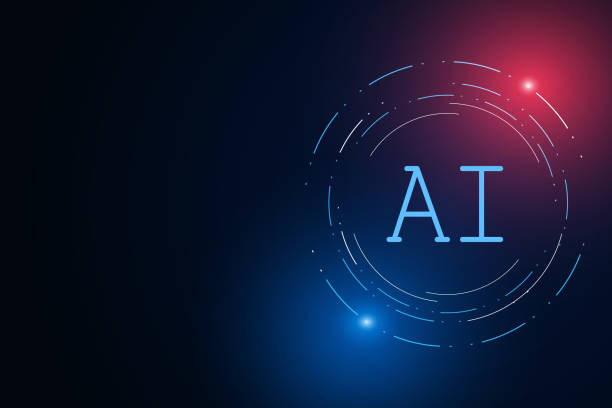
The future of artificial intelligence robotics is very bright and full of potential.
It is predicted that in the future, intelligent robots will play a more important role in human life and will be used in various fields, including manufacturing, healthcare, transportation, and education.
One of the emerging trends in this field is the development of collaborative robots (Cobots) that can safely collaborate with humans in shared work environments.
These robots usually have advanced sensors and safety systems that prevent accidents.
Another trend is the development of autonomous robots that can perform their tasks without human intervention.
These robots typically use machine learning algorithms and computer vision to understand their surroundings and make decisions.
Also, advances in materials and manufacturing technologies have made it possible to build lighter, stronger, and more flexible robots.
Artificial intelligence robots play a role not only as a tool but also as a partner and companion alongside humans.
The Impact of Artificial Intelligence Robots on Employment and the Economy
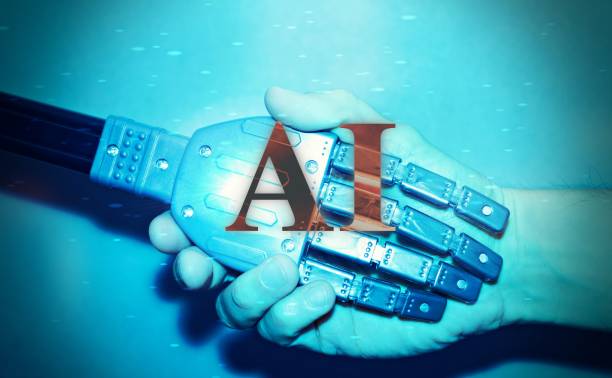
The impact of artificial intelligence robots on employment and the economy is one of the topics being discussed and examined in today’s world.
On the one hand, some experts believe that intelligent robots can cause job losses and increase unemployment.
This concern is especially true for jobs that require repetitive and routine skills.
On the other hand, some others believe that intelligent robots can create new jobs and increase productivity.
This view is based on the fact that robots can perform repetitive and dangerous tasks, allowing humans to focus on more creative and complex tasks.
Also, the development and maintenance of intelligent robots requires new specialists who can create new jobs.
Overall, the impact of artificial intelligence robots on employment and the economy depends on how this technology is managed and invested in training and developing new skills.
Governments and organizations should consider programs to support vulnerable workers and create new job opportunities.
| Advantages | Disadvantages |
|---|---|
| Increased Productivity | Loss of Some Jobs |
| Creation of New Jobs | Need to Invest in Training |
| Performing Dangerous Tasks | Ethical Issues |
Ethical and Legal Issues Related to Artificial Intelligence Robots

The use of artificial intelligence robots raises numerous ethical and legal issues.
One of the most important issues is accountability for the decisions and performance of intelligent robots.
Who will be responsible in the event of an error or accident? The robot’s manufacturer, the robot’s user, or the robot itself? Another issue is the privacy and security of data.
Intelligent robots typically collect and process a lot of information, which may include personal and sensitive information.
How can we prevent the misuse of this information? There is also the issue of discrimination and inequality.
Artificial intelligence robots may be trained on discriminatory algorithms and make decisions that cause inequality and discrimination.
To solve these issues, there is a need to enact new laws and regulations that specify the rights and responsibilities related to artificial intelligence robots.
Also, the development of ethical and transparent algorithms is necessary to ensure that robots make fair and impartial decisions.
Are you disappointed with the low conversion rate of your online store?
Rasaweb is your definitive solution with a professional online store design!
✅ Increase your sales and revenue
✅ Unmatched user experience for your customers
⚡ Get a free consultation right now!
Important Points to Consider When Choosing and Using an Artificial Intelligence Robot

Choosing and using an artificial intelligence robot requires attention to important points.
First, you should clearly define your needs and goals.
What tasks do you want to delegate to the robot? What results do you expect? Then you should research and compare the different robots available on the market.
Pay attention to features, capabilities, price, and after-sales service.
Also, check the opinions and experiences of other users.
Before buying, be sure to test the robot and make sure it works.
After purchasing, install and set up the robot correctly.
Watch the necessary tutorials and learn how to use the robot.
Maintain the robot regularly and consult a specialist if a problem occurs.
By following these tips, you can make the best use of your artificial intelligence robot and benefit from its advantages.
Artificial intelligence robots should be selected according to your specific needs.
Artificial Intelligence Robots in Everyday Life: Applications and Success Stories
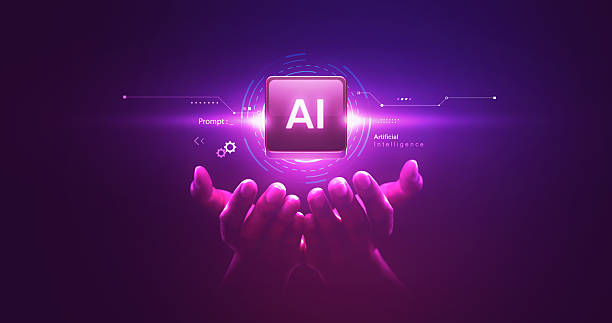
Artificial intelligence robots have increasingly penetrated our daily lives and offer a variety of applications.
Voice assistants like Siri and Alexa help us answer questions, perform tasks, and search for information.
Robot vacuum cleaners automatically clean the house.
Chatbots answer customer questions and provide support services.
Artificial intelligence robots are used in self-driving cars to assist with driving.
Surgical robots assist doctors in performing complex surgical procedures with greater precision.
Educational robots help students learn new concepts.
There are successful examples of the use of intelligent robots in everyday life, which show that this technology has great potential to improve the quality of human life.
For example, the use of surgical robots has reduced surgical errors and improved treatment outcomes.
The use of chatbots has reduced customer response times and increased their satisfaction.
The use of educational robots has increased student engagement with lessons and improved their performance.
Artificial intelligence robots are present in many aspects of our lives and play an important role.
Here you can learn more about robotics applications (this is a hypothetical link).
Frequently Asked Questions
| Row | Question | Answer |
|---|---|---|
| 1 | What is an artificial intelligence robot? | An artificial intelligence robot is a machine that is capable of understanding, reasoning, learning, and problem-solving and can perform complex tasks with relative autonomy. |
| 2 | What are the most important applications of artificial intelligence robots? | The main applications include industrial manufacturing, customer service (chatbots), medicine and surgery, autonomous transportation, space exploration, and military affairs. |
| 3 | What is the main difference between an artificial intelligence robot and a regular robot? | A regular robot only follows programmed instructions, while an artificial intelligence robot can learn from data, make decisions, and adapt to new environments. |
| 4 | How do artificial intelligence robots learn? | They identify patterns and improve their performance through machine learning algorithms (such as deep learning, reinforcement learning) and processing large volumes of data. |
| 5 | Can artificial intelligence robots have emotions? | Currently, artificial intelligence robots do not have real emotions in the human sense. They can mimic or recognize emotions, but they do not understand and experience them. |
| 6 | What are the current limitations of artificial intelligence robots? | Limitations include the need for large amounts of data, the inability to understand abstract concepts, the lack of real creativity, ethical issues, and the challenges of generalization in new environments. |
| 7 | What is the role of artificial intelligence in the development of humanoid robots? | Artificial intelligence helps humanoid robots to walk, maintain their balance, understand their surroundings, interact with humans, and perform complex tasks. |
| 8 | How is the future of artificial intelligence robots predicted? | It is predicted that artificial intelligence robots will become more intelligent, more autonomous, and capable of performing more complex tasks in daily life and industry, and their interaction with humans will increase. |
| 9 | Can artificial intelligence robots replace all human jobs? | It is unlikely that all human jobs will be replaced. Robots take over many repetitive and dangerous tasks, but jobs that require creativity, empathy, and ethical judgment will remain. |
| 10 | What ethical and social challenges are raised with the expansion of artificial intelligence robots? | Challenges include issues related to privacy, data security, ethical decision-making by robots, the impact on employment, and accountability in the event of an error. |
And other services of Rasa Web advertising agency in the field of advertising
Intelligent direct marketing: a combination of creativity and technology for user interaction through a SEO-driven content strategy.
Intelligent marketing automation: transform customer acquisition with the help of a SEO-driven content strategy.
Intelligent customer journey map: designed for businesses looking to increase website visits by customizing the user experience.
Intelligent digital advertising: a new service to increase website visits through the use of real data.
Intelligent sales automation: designed for businesses looking to analyze customer behavior through a SEO-driven content strategy.
And over a hundred other services in the field of internet advertising, advertising consulting, and organizational solutions
Internet advertising | advertising strategy | advertorial
Resources
Can intelligent robots replace humans?
,Intelligent robots pave the way for treating depression
,The market for smaller intelligent robots is shrinking
,Introducing intelligent robots What’s going on in the world today? The future
? Are you ready to transform your business in the digital world? Rasa Web Digital Marketing Agency, with expertise in professional website design, SEO, and content marketing, provides a comprehensive solution for your growth and visibility. Discover the true potential of your brand with us.
📍 Tehran, Mirdamad Street, next to the Central Bank, South Kazerun Alley, Ramin Alley No. 6

